Robin Clement’s farm walk this Tuesday in Omagh at 11am will focus on the challenges of farming in the current weather conditions, herd fertility performance with an expanding herd, soil fertility management and autumn grassland management.
Robin is one of two Dairylink Ireland project farmers based in Co Tyrone who have welcomed the improvement in weather conditions on their farms this week. On both Kevin McGrade and Robin's farms, all cows had been housed for the past two weeks as a result of the heavy rain making grazing impossible.
Both farms are autumn-calving units with over 60% of both herds now freshly calved so far this year. Capturing autumn grazing with the herd has been a key aspect for both farms effectively lowering the cost of producing autumn milk. Fortunately, the drier weather this week has helped the situation on both farms with cows getting back out to grazing. A lot of third-cut silage is also still standing in the area as a result of excessive rainfall in the past fortnight, with contractors and farmers having been delayed getting these crops in. Even with the better weather forecast this week, the ground will require some time to dry before the silage can be removed.
Wet conditions
Dealing with wet conditions is nothing new for Robin Clements who maintains that flexibility is the key to dairy farming on his farm. Getting cows off the land when it turns wet is critical for him as if paddocks get damaged or severely poached, they take much longer to dry. Robin explains his approach to handling the prolonged wet spell on his farm:
Despite the difficult grazing conditions on both of these farms, Kevin and Robin recognise the importance of producing milk from grazed grass. Both farmers measure grass on a weekly basis, and in Robin’s case 9.8t DM/ha has been grown to date. If Robin is to hit the Dairylink project target of 11tDM/ha of his farm for the year, then the weather needs to remain stable throughout October and into November.
A shortage of forage stocks may be an issue in this area for some dairy herds, so the key is to get your forage stocks worked out early and to take action if you have a potential forage shortfall. The improvement in conditions this week and the forecast for next week look good and will allow additional forage to be made. However, this forage will not be good quality and this must be factored into any forage stock calculations.
Both dry and milking cows have been housed on the farm. We attempted on/off grazing at the start of the wet spell and while it worked for the first few days, the ground got wet and soft with more damage to ground conditions forcing all milking cows inside. I found that we were losing grass with cows poaching the ground and generally making a mess. With the freshly calved cows on 6kg of meal, it is difficult to get these cows to graze well, especially if you are moving into heavy covers on wet land. Grass has continued to grow despite the heavy rain and as a result cows will now have to graze some heavy covers. The average cover this week is 781kg/ha with the growth down to 32kg/ha per day. I am trying to target lower cover paddocks with the cows for the first two days back grazing.
I have split the herd this week and kept 35 freshly calved cows inside and the remaining 55 cows out grazing day and night. Dry cows are currently inside, but if conditions continue to dry, I will get 20 out. The 35 fresh milking cows inside are on average quality baled silage with 9kg of concentrate per cow. The other 55 milking cows are out grazing with 6kg of concentrate through the parlour.
The issue for us this week is getting 55 acres of third-cut silage in the pit. This silage should have been cut three weeks ago, so while the crop bulk is good, it will be hard to make good quality silage at this stage of the year. The crop is wet and the continuous rain has affected quality, so we plan to cut the grass midweek and allow it to wilt.
The issue we have is that ground conditions are still wet under the silage, so spreading the grass out may not be an option for us to allow the ground to dry between the rows. In terms of forage stocks for the year, I have calculated the stocks we have to be sufficient. However, we need to get the remaining third cut made successfully.




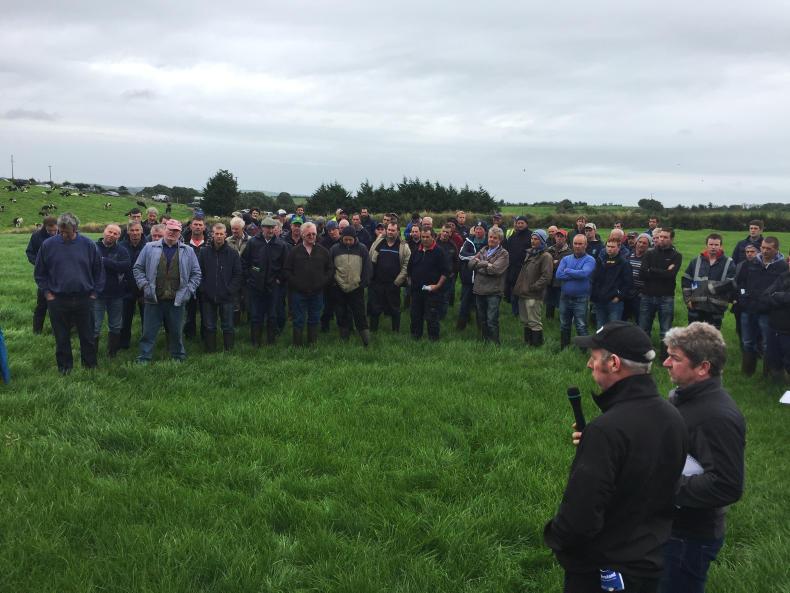
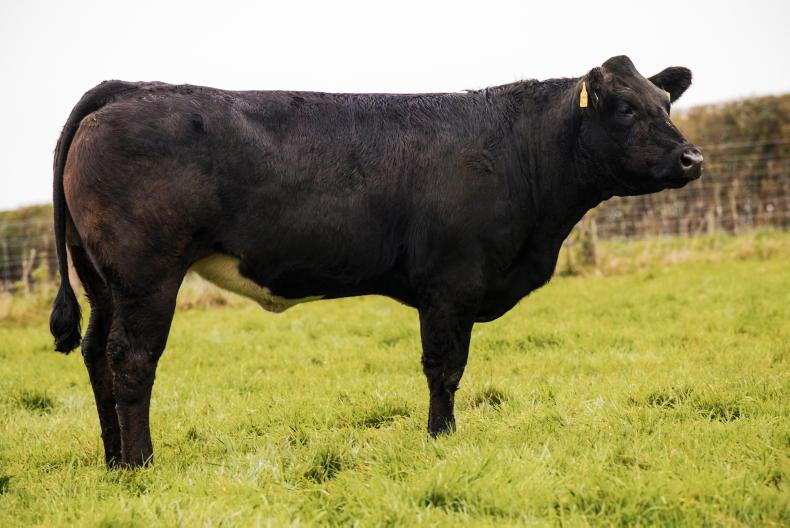

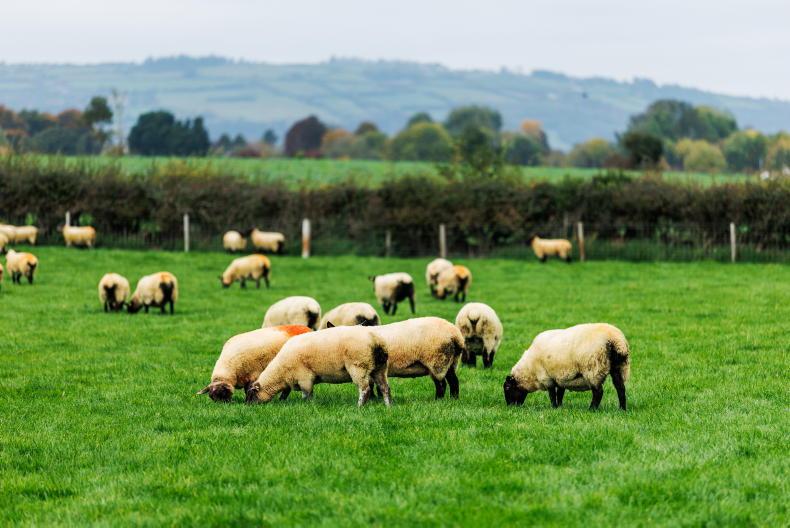
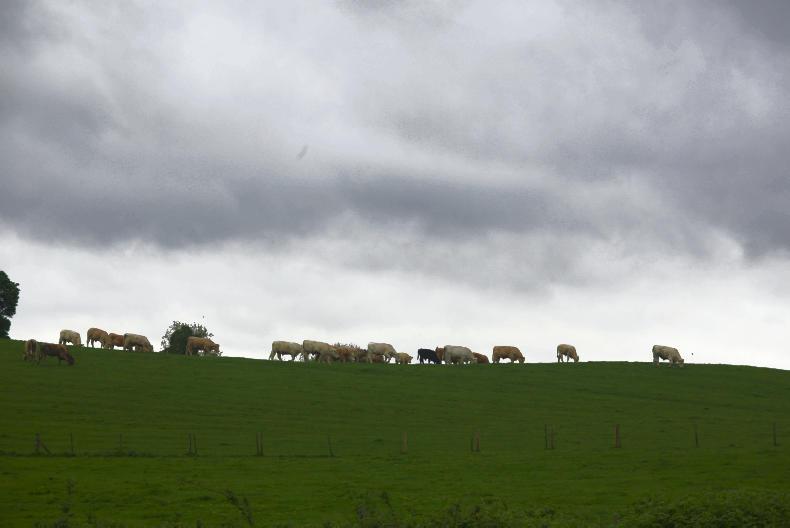
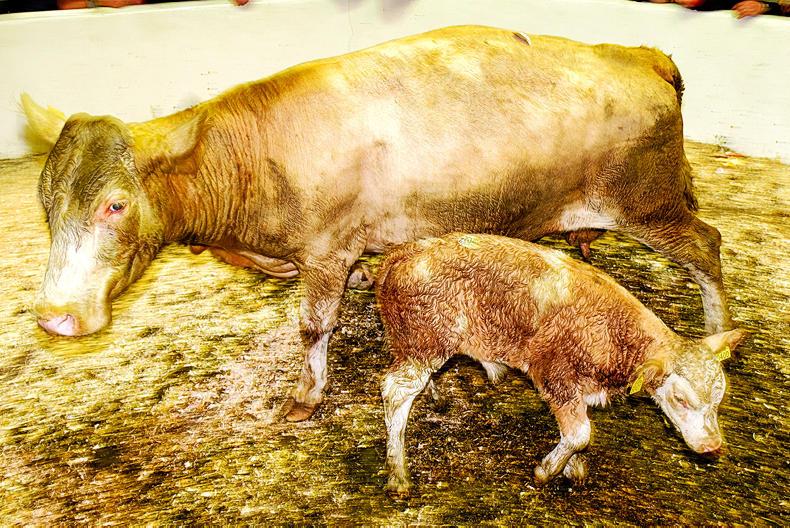
SHARING OPTIONS